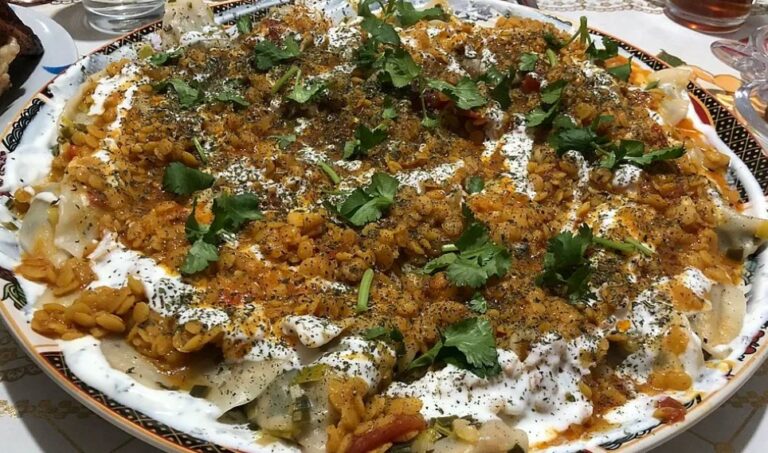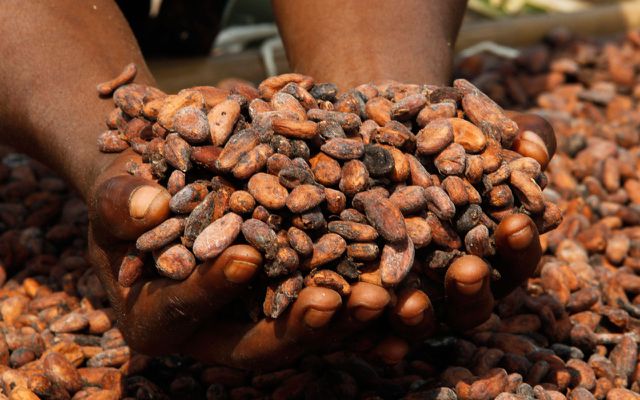Introduction: The Emergence of Street Food in Afghanistan
Afghanistan’s street food scene has been rapidly evolving in recent years, with vendors across the country introducing innovative twists on traditional dishes. Street food has long been a staple of Afghan culture, offering affordable and convenient meals for people on the go. However, the rise of modern street food has introduced a new level of creativity and sophistication to the scene, drawing inspiration from international culinary trends while still maintaining the rich flavors and spices of Afghan cuisine.
Traditional Afghan Street Food: An Overview
Traditional Afghan street food is known for its hearty and flavorful dishes, often made with ingredients like lamb, chicken, and rice. Popular dishes include kabobs, samosas, and bolani, which is a fried flatbread filled with potatoes or other vegetables. Street vendors also offer a variety of sweet treats, like jalebi (a deep-fried pastry soaked in syrup) and firnee (a creamy pudding flavored with cardamom and rosewater). Many of these dishes have been passed down through generations and continue to be enjoyed by locals and tourists alike.
Modern Twists on Classic Afghan Flavors
In recent years, Afghan street food vendors have been experimenting with new flavor combinations and presentation styles. For example, some vendors are incorporating fusion elements into traditional dishes, such as adding Mexican-style toppings to kabobs or filling bolani with cheese and jalapeños. Others are using modern cooking techniques, like sous vide, to create perfectly tender and flavorful meats. Additionally, street food vendors are starting to offer healthier options, like grilled vegetables and salads, in response to growing demand for wholesome and nutritious meals.
The Rise of Upscale Street Food in Afghanistan
As the street food scene in Afghanistan continues to evolve, some vendors are taking it to the next level by offering upscale versions of classic dishes. These vendors often use high-quality ingredients and focus on presentation and plating, creating a more elevated dining experience for customers. Many upscale street food vendors also offer outdoor seating areas or pop-up restaurants, creating a vibrant and social atmosphere for diners.
Afghan Street Food in the Global Culinary Scene
Afghan cuisine is gaining recognition on the global culinary stage, with many international chefs and food critics praising its unique flavors and spices. Some Afghan street food vendors have even gained national and international acclaim for their innovative dishes. This increased exposure is helping to promote Afghan culture and cuisine around the world, while also generating interest and tourism in Afghanistan itself.
The Challenges Faced by Afghan Street Food Vendors
Despite the growing popularity of Afghan street food, vendors face a number of challenges, including issues with hygiene and safety regulations, limited access to capital and resources, and competition from larger restaurants and fast food chains. Many vendors also struggle with finding consistent and reliable sources for ingredients, which can impact the quality and availability of their dishes.
The Future of Afghan Street Food: Sustainability and Innovation
Despite these challenges, the future of Afghan street food looks bright, with many vendors continuing to innovate and offer new twists on classic dishes. To ensure the sustainability and growth of the industry, there is a need for increased investment in infrastructure, training and education programs, and support networks for small business owners. Additionally, efforts to promote sustainable and ethical practices, like using locally-sourced ingredients and reducing waste, can help to create a more environmentally-friendly and responsible street food industry.
Conclusion: The Resilience of Afghan Street Food Culture
Afghan street food culture has deep roots in the country’s history and traditions, and it continues to evolve and adapt in response to changing tastes and business environments. Through innovation, creativity, and resilience, street food vendors are keeping this vibrant culinary tradition alive and thriving, while also contributing to the local economy and cultural heritage of Afghanistan. As the industry continues to grow and evolve, it will be exciting to see what new and delicious dishes emerge from this exciting and dynamic culinary scene.



